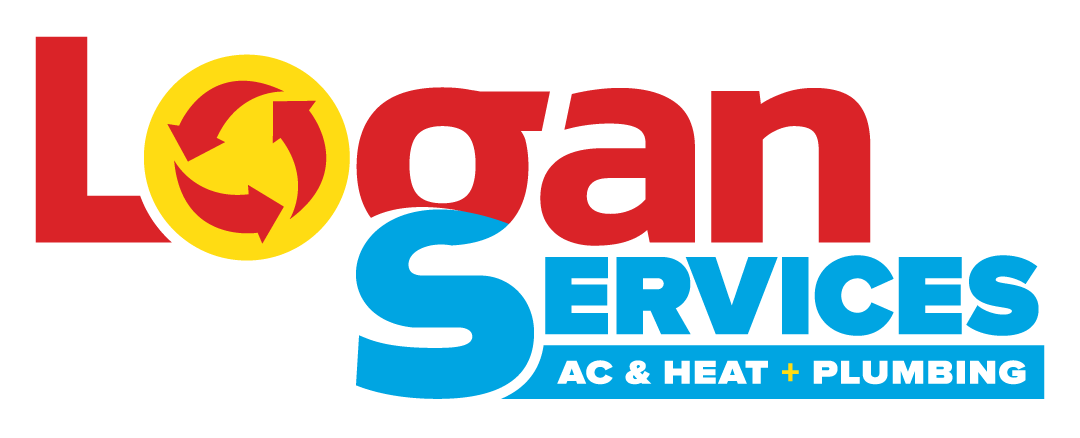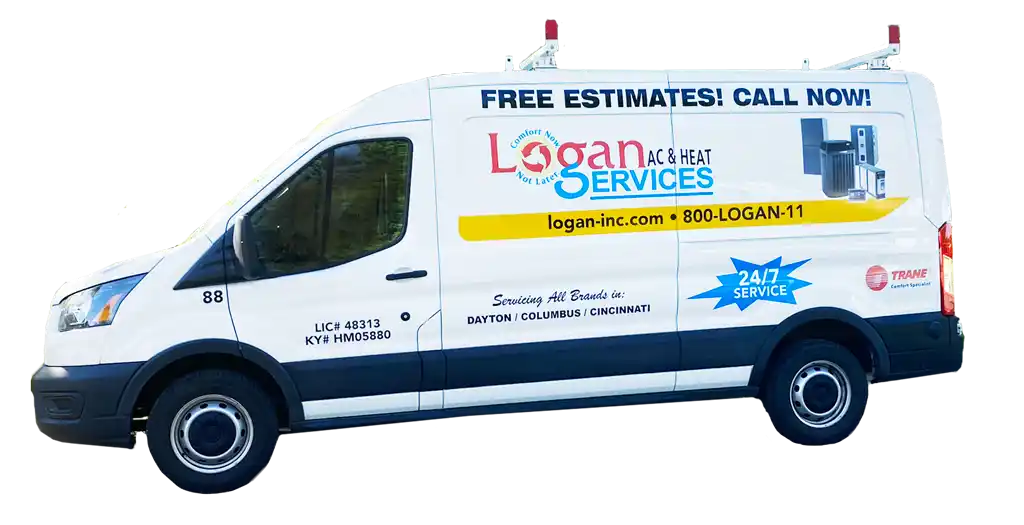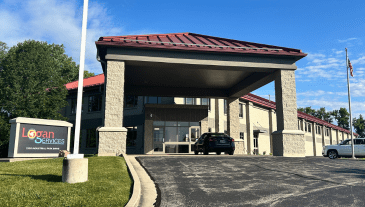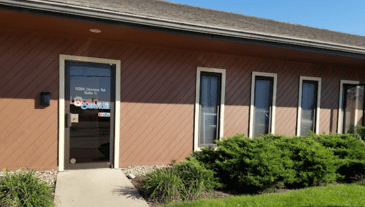When it comes to staying cool during hot weather, two of the most common choices are fans or air conditioners. But which one is the more budget-friendly option? While standing fans are typically cheaper to buy upfront, other factors like operating costs and efficiency should be considered when comparing true affordability. The following sections will provide an overview of the key considerations around efficiency, electricity use, settings, and maintenance to better understand the full cost picture of running fans versus air conditioning.
Cost Comparison
When weighing the initial expenses, installing central air conditioning may carry a higher upfront investment than purchasing electric fans.
Some key reasons for the higher central air costs include:
- Professional sizing and selecting an appropriately powered central unit based on your home’s square footage. Bigger homes need more powerful systems.
- Specialized equipment like compressors, condensers, filters, and ductwork to distribute the air.
- Professional installation fees to connect the ductwork and ensure the system operates safely and efficiently. Fans just need a power outlet.
In contrast, electric fans may provide an affordable upfront cooling solution. You can pick them up at the local home improvement store fairly inexpensively and handle the straightforward installation yourself. However, cooling is generally localized, and room temperatures can’t be accurately controlled. Airflow is also lower compared to the power of central air conditioning units and window units to truly chill spaces, remove humidity, and maintain indoor air purity.
Any homeowner taking on that major investment into a whole-home cooling system stands to gain long-term savings when tallying all the costs over the years. Air conditioners may use more electricity, especially in hotter months. Depending on local energy rates, running a few fans when needed can prove substantially cheaper in the long run. But ultimately, it should be noted air conditioners do provide superior cooling power.
Evaluating both short-term purchase costs and long-term operating costs can determine whether central air or electric fans make better financial sense based on your climate, home size, and cooling needs. Finding the right balance upfront while minimizing energy usage over time is key.
Why Room Layout Matters for Efficient Cooling
When it comes to efficiently cooling your home, carefully evaluating the size and layout of your spaces should inform you whether room fans or whole-home air conditioning makes the most sense. There are also some key technical differences between how traditional AC units versus ceiling and pedestal fans provide cooling.
- Ceiling fan rotation creates a wind chill effect by evaporating moisture on the skin, helping occupants feel a few degrees cooler. But unlike HVAC systems, they don’t change the room’s temperature.
- Air conditioners like window units or central air actively cool rooms by removing heat and blowing colder air. This allows for the lowering of air temperature for whole spaces.
- Central air’s ductwork evenly distributes cooled air for consistent temperatures. Window units provide localized cooling only.
- BTUs indicate AC unit capacity. A small bedroom may only require a small window AC unit. Larger open-concept homes may need a central air conditioner system with higher BTUs.
- Industrial ceiling fans shift vast volumes of air but won’t truly replace AC units in hot climates regarding air quality and adjustable room temps.
It’s important to consider room sizes and layouts, the number of occupants, your local climate, and cooling needs to determine if room fans sufficiently provide comfort or if home AC systems make better long-term investments for improved efficiency.
Read our guide, “What Does BTU Mean in Air Conditioning?” for more information.
Electricity Use
When it comes to power consumption, fans generally use less electricity than air conditioning units. Depending on regional electricity rates, this can impact home energy bills.
- Ceiling fans typically use between 50 and 100 watts, while a medium-size pedestal fan may use more.
- In contrast, window AC units require 500-1400 watts depending on BTU rating. Central air conditioning systems can draw even more watts depending on home size.
- To calculate exact energy costs, use the formula: Cost = (Power (Watts) x Time (Hours) / 1000 x Electricity Rate Per kWh
- For example, running five 100-watt fans around your home for 8 hours a day for July would roughly cost $14.40 (500 watts x 8 hours x 30 days / 1000 x $0.12 per kWh).
For lower-capacity cooling needs, circulating air with fans can lead to substantial energy bill savings, but you sacrifice cooling power, whole-home temperature control, humidity regulation, and advanced air purification capabilities compared to air conditioning units.
Use Your Thermostat Strategically to Save
One major advantage air conditioning provides over regular fans is the ability to control the cooled air temperature in your living space precisely. Optimizing the settings, especially during hot weather, can positively influence energy efficiency.
Air conditioners can be adjusted to maintain specific desired temperatures. Operating at higher temperature settings during peak summer heat saves substantially on cooling costs. Smart thermostats take convenience to another level by automatically optimizing air conditioning runtimes to efficiently achieve your target temperature based on your presence and daily schedule.
In contrast, fans recirculate existing air rather than actually lower air temperatures. While some fans allow adjusting speeds, they cannot actively cool spaces or self-adjust based on changing conditions and needs. Running fans continuously on blistering hot days often fail to provide adequate comfort despite the constant energy expenditure. Air conditioners work more effectively by chilling air even when set to moderately higher temperatures.
Carefully customizing temperature settings provides pleasantly cool conditions while minimizing electricity usage—saving energy and money compared to basic fans.
The Importance of Routine AC Maintenance
Regarding upkeep requirements, fans, and air conditioners have stark differences in regular maintenance expenses over their operating lifetimes. Properly caring for cooling equipment directly impacts efficiency and operating costs.
- Fans require little routine upkeep—mainly just occasional dusting and cleaning. Their simplistic mechanics with few moving parts equates to long lifespans with little possibility of failure or major repairs.
- Air conditioners have maintenance needs to ensure safe and healthy indoor air quality: replacing or washing filters monthly during summer, professional coil cleanings every 2-3 years, checking refrigerant levels and recharging as needed, and repairing any mechanical or electrical failures in compressors.
- Lack of proper maintenance means AC issues like increased energy consumption or even complete system failures requiring expensive compressor replacements.
- Well-maintained AC units typically last 10-15 years. But poor maintenance can cut equipment lifespans in half. Major AC repairs often exceed the costs of replacing basic fans.
Keeping any cooling equipment running efficiently over its lifetime requires appropriate care and responsibility. And while basic maintenance of fans is negligible, more involved upkeep of air conditioning systems does guarantee properly functioning performance—translating to better energy efficiency.
For more information on safe air quality, read our guide, “Does Air Conditioning Help Allergies?”
Strategies to Minimize Central AC Bills
Central air conditioning systems may impact home energy costs during warmer months. But with some practical strategies, homeowners can still stay comfortable while saving substantially on bills.
Follow these best practices:
- Replacing your system? Upgrade to a high-efficiency variable-speed or multi-stage compressor system with better humidity removal and lower energy use.
- Bump your thermostat set point up a few degrees: Small adjustments make big differences in runtime.
- Program a smarter schedule: Condition the house more efficiently, like pre-cooling your home or avoiding the hottest hours.
- Schedule an AC tune-up: A well-maintained system runs more efficiently and lasts longer between major repairs.
- Monitor filters monthly: Dirty filters cause higher energy use and pollute indoor air quality.
- Take small airflow precautions: Keep windows closed, run ceiling fans to spread air better, and avoid using heat-producing appliances during peak AC hours.
With some low-effort ways to maximize their central air system, homeowners can effectively beat the heat while keeping electric bills under better control.
For other Home Air Conditioning Tips, read our guide.
The Logan Difference
When it comes to keeping your home comfortably cool with top-quality air conditioning, the team at Logan Services A/C, Heat & Plumbing has been the premier choice throughout Dayton, Cincinnati, and Columbus since 1969. As a family-owned company, we treat every customer like our own. Our NATE-certified technicians receive regular training on installing and maintaining all major AC brands to optimize performance and longevity.
Our years of residential HVAC experience means we have the expertise to make expert recommendations on choosing the properly sized, energy-efficient system tailored to your home’s needs and climate. Once installed, we provide maintenance plans, priority service, warranties, and lifetime support so your AC investment continues paying dividends through years of reliability. With Logan, you get trusted advisors focused on your satisfaction.
Contact us today to schedule a consultation on upgrading your AC or maintaining existing equipment. Discover firsthand our commitment to maximizing value and providing complete home comfort and peace of mind.
Frequently Asked Questions
Can I cool my home with just ceiling fans, or should I install air conditioning?
In mild or temperate climates, strategically using ceiling and pedestal fans may provide sufficient cooling for comfort, especially if the home has good insulation and exterior shade. But in hot, humid areas, cooling solely with fans often struggles to control home temperatures. Carefully sized AC systems may suit homes in persistently hot regions best.
How do I determine if my home would benefit more from additional fans or installing window AC units?
Factors like climate/weather, home size, number of levels, window placement, and insulation should inform if room fans sufficiently provide comfort versus needing zonal window ACs. Multi-story homes in hot areas likely need a split system since fans hardly impact upstairs temps. Evaluate room-by-room needs.
What are signs it could be time to upgrade fans or replace an aging air conditioner?
Indicators to upgrade fans include wobbling units past their lifespan or models lacking desired features. Signs to replace ACs include frequent repairs, units over ten years old, high humidity/lack of temp control, or rooms taking longer to cool. Newer energy-efficient models often save on operating costs.




















